Travel & Outdoors
Cape Charles is a Best-Kept-Secret Beach Getaway on the Eastern Shore of Virginia
If you’re seeking an escape to an out-of-the-way Chesapeake beach town without the traffic, this tiny slice of solitude is a perfect place to spend time.
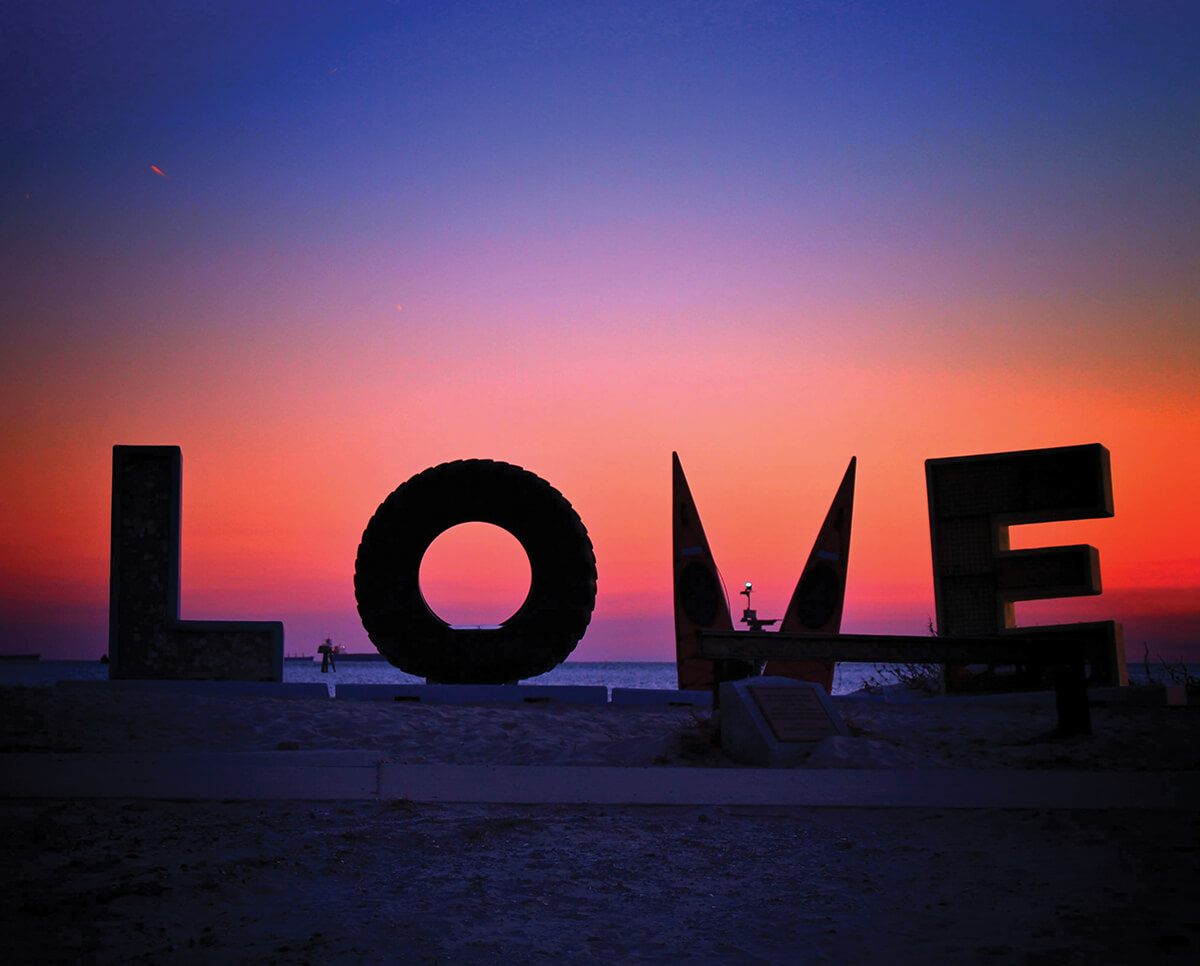
On the southeasternmost edge of the Chesapeake Bay, it feels like a world away from Baltimore as salty water laps gently on a quiet public beach. Along sand-swept Bay Avenue, the dormers and eaves of 100-year-old Victorian and Colonial Revival homes peer above a stretch of short, grassy dunes. And, across an entirely walkable six-block historic downtown, crepe myrtle, sycamore, and pecan trees offer color, shade, and a sense of calm. Even in late summer, there are no crowds.
But despite the vastly different pace, it only took four hours to drive out of the city, over the Bay Bridge, head south—way south—and then arrive at Cape Charles, Virginia, a tiny slice of solitude worth discovering, with such hidden-gem status near the mouth of the nation’s largest estuary that we’re hesitant to possibly spoil the secret.
Finding it is easy enough, and you’re already halfway there when heading toward Ocean City. But on the well-traveled Salisbury route, travel south on Route 13 instead of staying east on 50. Following a mostly country thoroughfare, you’ll cross from the Eastern Shore of Maryland into the wilds of the Eastern Shore of Virginia, a rural sliver of the Old Dominion State so small that it’s not even included on some maps. Maybe that’s because the tail of the Delmarva Peninsula is a cartographer’s anomaly, made up of two Virginia counties on a stretch of land otherwise dominated by Maryland and Delaware.
Eventually, after stopping at the occasional traffic light, you’ll reach a nondescript exit for your destination. A little while later, past the farmland, the water tower painted like a lighthouse, and the lone brewery, you’ll behold an old main drag that runs west toward the town’s historic district. Charming brick storefronts line the north side, while the remnants of a once-bustling railroad and maritime industry, well-used through the first half of the 20th century, run the other.
The town’s population today is only 1,178, so if you’re looking for raucous nightlife, tourist attractions, and a major hospital within 50 miles, look elsewhere. But if you’re seeking an escape to an easy-to-get-to, out-of-the-way Chesapeake beach town that offers water almost as salty as places like Ocean City, Rehoboth, and Dewey—without the traffic—Cape Charles is a perfect place to spend some time.
Once upon a time, starting in the late 1880s, a railroad line from New York City terminated in Cape Charles, making the town one of the busiest and largest economic hubs on all of the Eastern Shore. To get to mainland Virginia or parts south, summering Northerners would travel by train to Northampton County, which grew with the travel volume.
By 1907, a steamship made two round trips daily from Cape Charles across the mouth of the Chesapeake to Norfolk and the railroad employed about 2,000 people in town. Those were the days, and they lasted several decades. Then, in 1951, the ferry route moved—only a few miles south to Kiptopeke (where today there’s also a beach at a state park)—far enough that the railroad terminus moved, too, and Cape Charles soon became like the other forgotten towns on Route 66 out west. Doubly so when the Chesapeake Bay Bridge-Tunnel, which allowed access to and from southern Delmarva by car, opened in 1964.
After that, Cape Charles grew quieter and quieter, drab even, with little to no investment in the ensuing years. In the 1990s alone, the full-time population fell by 19 percent. Scars of the decline, like an abandoned building on an otherwise occupied stretch of homes, remain. While downtown Cape Charles was added to the National Register of Historic Places in 1991, the only way we found it for the trip that inspired this story was through a whimsical online search for affordable bayside accommodations. Fortunately, Cape Charles is on Google Maps.
Turns out, with East Coast vacation destinations at a premium, the beach town, located almost as far south as you can get on the Chesapeake (thus the enjoyable saltwater influence from the Atlantic while still on the bay), has been enjoying a comeback of sorts. In the two years leading up to the COVID pandemic, it added 22 new businesses downtown. Small as the population is, it’s 17 percent greater than it was in 2010, and there’s been a major increase in seasonal and weekend residents.
Mostly, Cape Charles has attracted a new generation of Virginian beach-seekers looking for a place to relax, be it young people looking for a getaway or those in or near retirement. Roughly half of its population is over 60, and a third of the homes in town have been built since 2000, most on or near the gated and award-winning Bay Creek Resort and Golf Club. Last year, Southern Living dubbed it the “best little beach town in Virginia.”
In the warmer months, the population swells by two or three times. (That’s still to only about 3,000.) It’s quaint, yet there’s just enough to satisfy an eager curiosity. You could go by yourself or on a day trip with a friend or partner, but the town is also family-friendly, with cute shops like Moonrise Jewelry, Table & Tonic gift shop, Buskey Cider on the Bay, and Brown Dog Ice Cream on Mason Avenue—the town’s main street—which runs into the Cape Charles Beachfront.
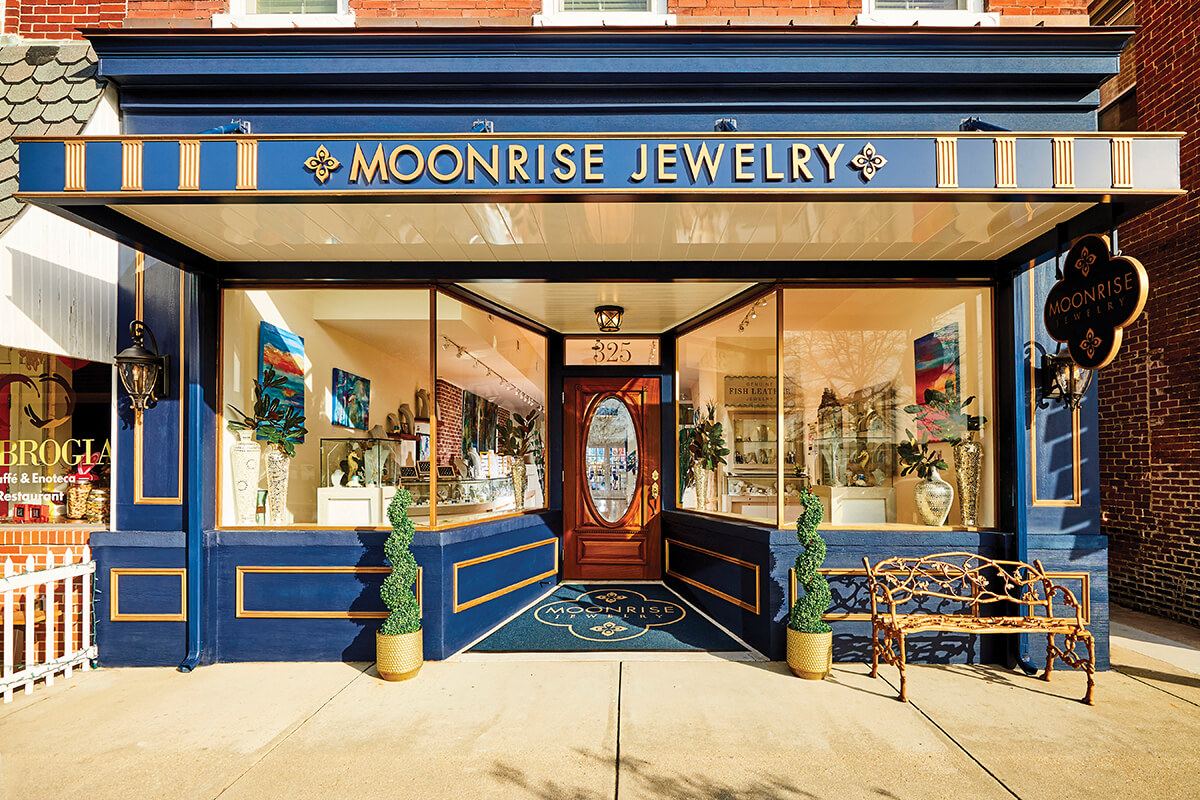
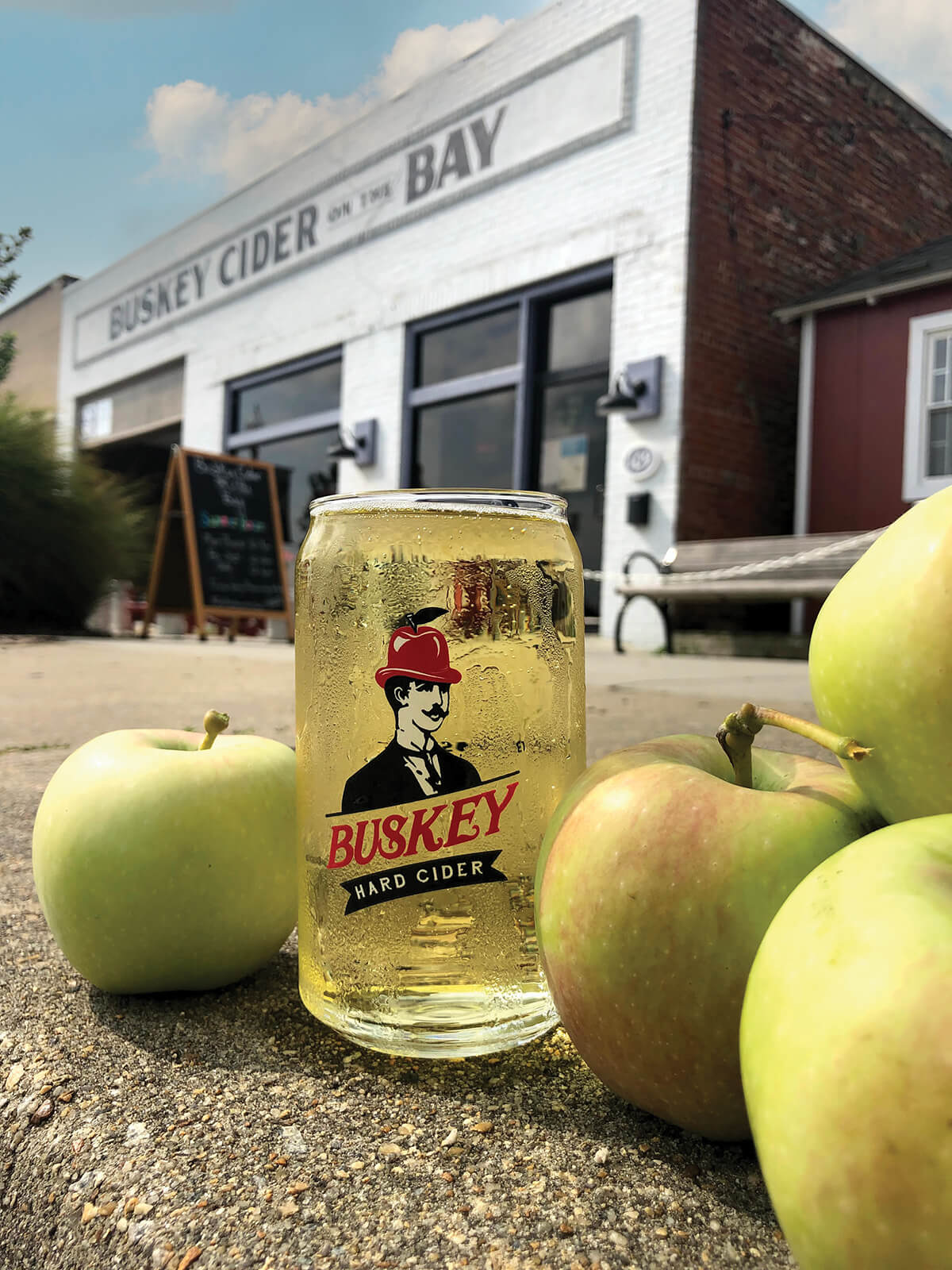
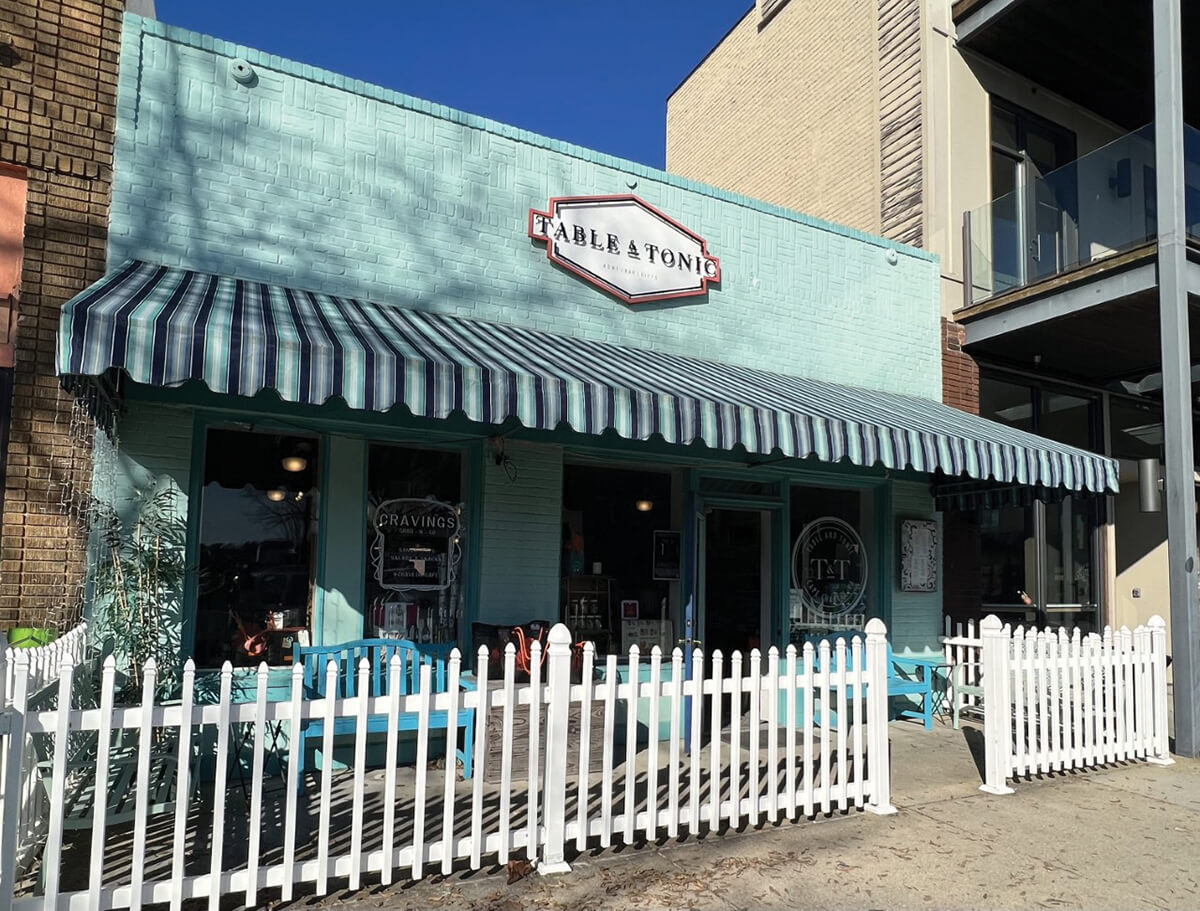
The beach certainly isn’t the size of ones you’ll find on the ocean, but it’s big enough to spread out, given the relatively small number of fellow visitors, at least during the late August week that we visited. The calm water is also great for children or swimmers who don’t want to deal with crashing waves. In the morning, parking a car mere feet from the sand on Bay Avenue was a breeze. Kids ran up and down the pavement. Adults dragged out chairs and other gear.
Simple, easy beach access is why you might go to Cape Charles, but without knowing much about the place beforehand, we chose an Airbnb guesthouse on a farm a short jaunt outside town. Our kind hosts harvested oysters from the creek bordering their property and tended to their animals. We took afternoon naps in a hammock overlooking a dock and weighed whether to kayak by high-tide times. We’d stay there again, but there are other options.
Cape Charles is mostly a collection of modest single-family homes, about 750 in the historic downtown, largely built between 1885 and 1920. At its start, the town was organized in a small grid of 40-by-140- foot lots by Pennsylvania Congressman William Scott, who bought about 2,500 acres of three plantations from the heirs of former Virginia Governor Littleton Tazewell as part of a plan to extend the Pennsylvania Railroad another 65 miles from Pocomoke, Maryland. That meant a railway from Manhattan would end in the new town. During the ensuing boom years, a few hundred homes were built, and even a mini Central Park remains.
Today, next to a coffee shop, you’ll find the Hotel Cape Charles, a century-old building (much closer to the water than our Airbnb farmhouse) that’s almost always been a hotel and has been reimagined today as boutique lodging. For a long while, Cape Charles flourished, as people simply had to pass through it to go up or down the Eastern Shore, and the area had northern leanings well below the Mason-Dixon Line in the post-Civil War era.
According to the late author Kirk Mariner in Off 13—an Eastern Shore of Virginia guidebook—Cape Charles had “the first Roman Catholic and the only Jewish congregations ever assembled on the Virginia Shore.” And the most famous resident of the 1890s was a Baptist preacher who lived in town but commuted weekly by train to his congregation in New York. Reminders and relics of the deeper past remain. Along the rock-and-dirt driveway to our guesthouse was the grave of another earlier Baptist preacher, Elijah Baker, who is credited with founding 18 Delmarva churches and, in 1778, before the Revolutionary War afforded Americans religious freedom, was jailed for giving sermons during the Church of England’s reign. The water closest to where he is buried near Lower Northampton Baptist Church is called Old Plantation Creek.
In downtown Cape Charles, you could easily spend a day or two on the beach, walking to and from a rental house or the hotel with no need for a car. Some people drive golf carts around, which is part of the charm. So are themed vacation homes adorned with signs and special paint jobs, like “Liberty on the Bay,” “Key Lime,” and “Beach Gate.” But to get around any further to places outside the historic district, you’ll likely want a vehicle.
A few such places to consider: On the other side of the railroad tracks adjacent to Mason Avenue is Shanty, where you can enjoy local oysters and watch the sunset from the deck next to the Cape Charles harbor. A little farther north, The Oyster Farm Seafood Eatery is a spacious, family-friendly restaurant with a casual vibe where oyster shells litter the beach nearby. Take a memorable Cape Cod-esque photo on a pair of towering lifeguard chairs overlooking the bay. Townhomes and new commercial development seemed to be going up in this area. Cape Charles Brewing Company also features local beers with outdoor games and picnic tables available. If you can get access (since it’s a private club), golfers will love Bay Creek, home to 27 holes designed by golf legends Arnold Palmer and Jack Nicklaus, regularly ranked among the top courses in Virginia with scenic views of the bay and fine amenities.
Cape Charles is also only about an hour-and-a-half’s drive from Chincoteague National Wildlife Refuge, where the wild ponies roam, making it a nice jumping-off point for a visit. We stopped there and took a guided boat tour on our way back home. See also Chatham Vineyards for local wine in Machipongo, the Onancock Market for farm-fresh produce, and the Blue Crab Bay Co. store for spiced Virginia peanuts in Melfa.
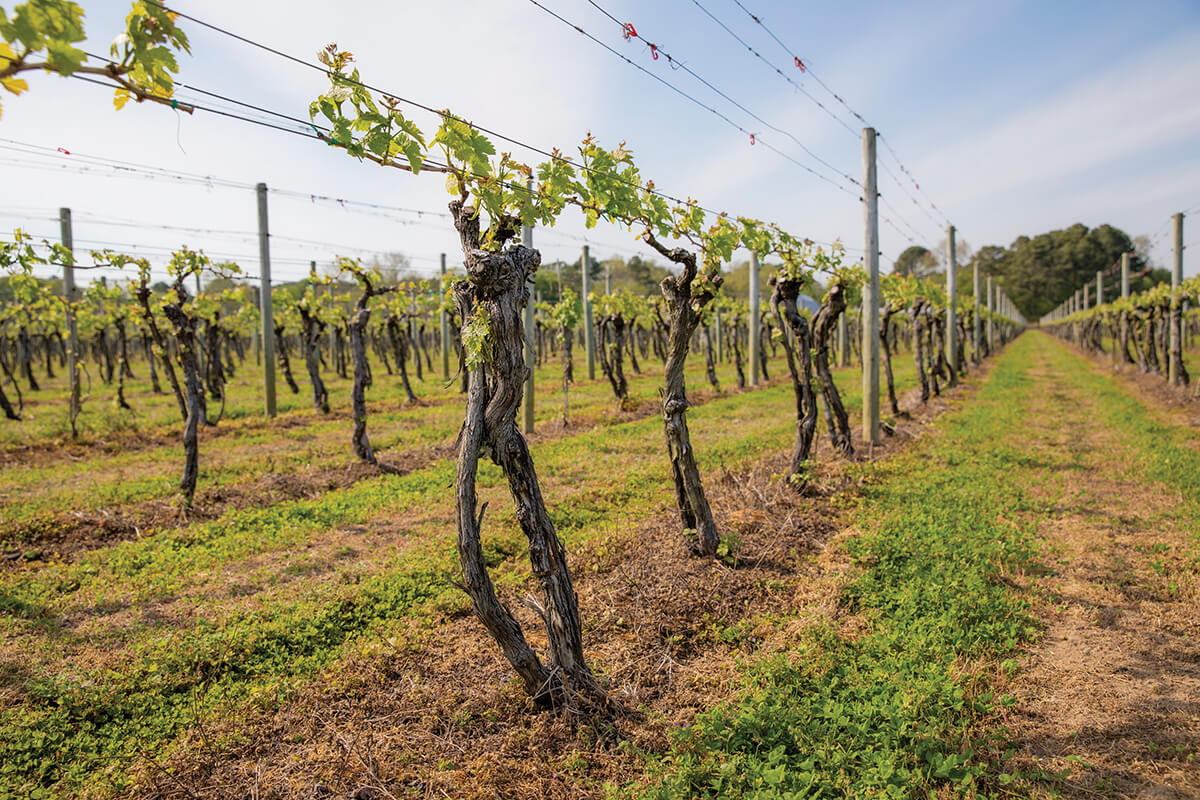
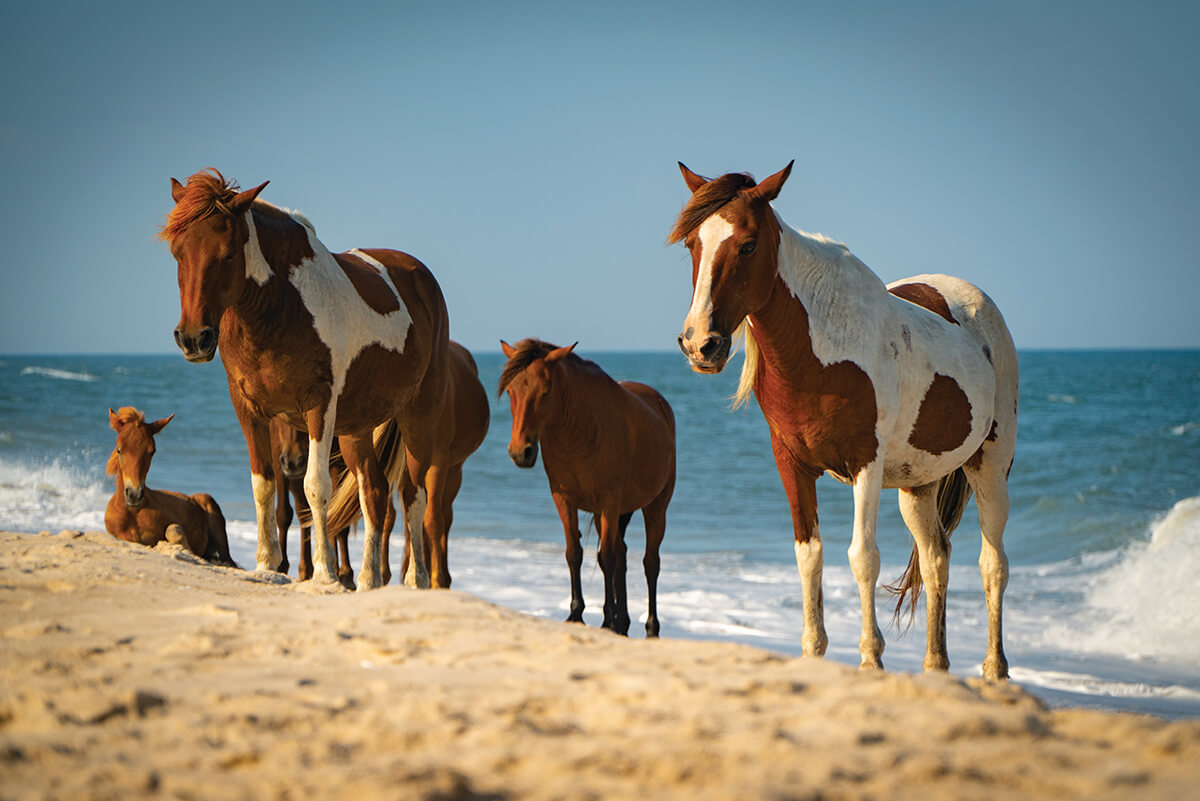
Make no mistake, Cape Charles isn’t the place to find fast-paced action. As Southern Living described, “The whole place seems to tuck in for the night not long after the sun goes down.” But, given the right intentions and expectations, the extra hour or so it might take than to get to the Atlantic beaches or other bayside towns is justified. Especially if you’re looking for a quiet and affordable trip, or just want to experience someplace new that feels farther away than it is.